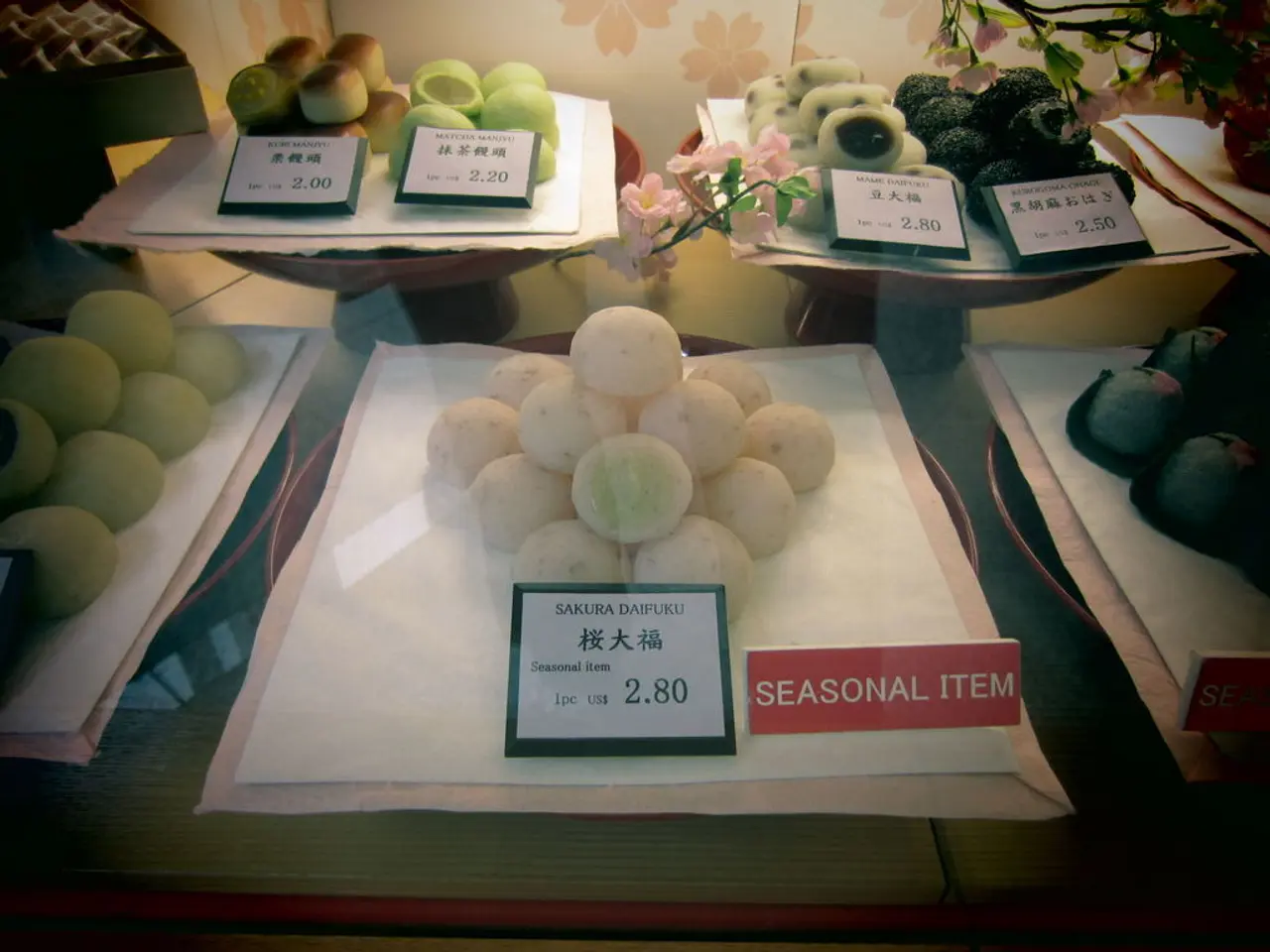The Law of Demand: Its Mechanism and Functioning
In the realm of economics, understanding the relationship between price and demand is crucial. Economists often consider price as the main determining factor for the demand for a good. This principle is known as the law of demand, which explains the inverse relationship between the price of a good and the quantity demanded.
However, there are exceptions to this law. Three types of goods—normal goods, Giffen goods, and Veblen goods—behave differently in response to price changes.
Normal Goods
Normal goods, as the name suggests, follow the conventional law of demand. When the price increases, the quantity demanded decreases, and when the price falls, demand rises. This happens because the substitution effect (switching to cheaper alternatives) and the income effect (consumers having more disposable income to spend on other goods) lead consumers to buy less when prices rise and more when prices fall.
Giffen Goods
Giffen goods are a special type of inferior goods for which an increase in price leads to an increase in quantity demanded. This happens because the negative income effect (consumers feeling poorer and cutting back on more expensive substitutes) outweighs the usual substitution effect, causing consumers—usually low-income—to buy more of the Giffen good despite its price rise. They often constitute staple foods that occupy a large share of a consumer’s budget, like rice or bread for poor families.
Veblen Goods
Veblen goods are luxury goods whose demand increases as their price rises. The higher price makes them more desirable as status symbols. The higher price enhances the product’s exclusivity or prestige, attracting wealthier consumers who use the good to signal status, such as designer handbags, luxury jewelry, or high-end gadgets.
In summary, the key difference in price-quantity relationship is:
| Type of Good | Price ↑ => Quantity Demanded | Reason | |-----------------|------------------------------|--------------------------------------------------| | Normal Good | Quantity Demanded ↓ | Law of demand applies: substitution and income effects lead to less purchase when price rises. | | Giffen Good | Quantity Demanded ↑ | Negative income effect dominates; poorer consumers buy more because they cannot afford substitutes. | | Veblen Good | Quantity Demanded ↑ | Higher price increases the good’s prestige, boosting desire among status-conscious buyers. |
Both Giffen and Veblen goods are exceptions to the law of demand but for different economic reasons—Giffen goods are linked to necessity and income effects in poor consumers, while Veblen goods relate to conspicuous consumption and prestige among wealthy consumers.
The laws of supply and demand are fundamental concepts in economics, explaining how a market economy allocates resources and determines prices. Producers and consumers interact in the market to determine the equilibrium price, which is the best price for both parties. If we plot the quantity demanded for each different price level, it will form a straight line with a negative slope, known as the demand curve. Similarly, if we plot each quantity supplied for each different price level, it will form a straight line with a positive slope, known as the supply curve.
Understanding these concepts can help us make sense of everyday phenomena, such as the decrease in quantity demanded when the price increases or the increase in demand for luxury goods as their price rises. By being aware of these exceptions, we can better predict market behaviour and make informed decisions as consumers and producers.
In the world of business and finance, normal goods, Giffen goods, and Veblen goods exhibit distinct pricing behaviors that deviate from the traditional law of demand. While normal goods follow the law, with increased price resulting in decreased demand due to the substitution and income effects, Giffen goods experience an increase in demand despite a rise in price due to the dominant negative income effect among low-income consumers. Conversely, Veblen goods show a rise in demand as their price increases, as the higher cost enhances the product's exclusivity and raises its desirability among wealthier consumers.




